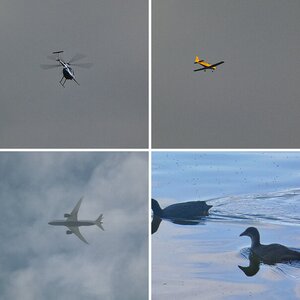BrandonsBirbs
Thanks HopKat for my PFM ♥
Never used a real camera before so this thread will be a showcase of what I capture on my journey to mastering the camera. Hopefully you will be able to see improvements along the way, and if anyone has any advice feel free to pitch in!
I am using a Panasonic Lumix FZ82.
I am using a Panasonic Lumix FZ82.
Last edited:



